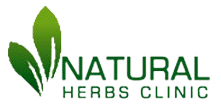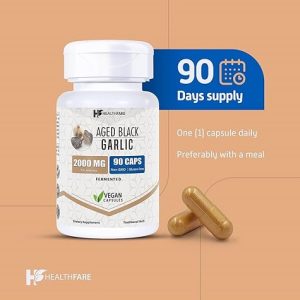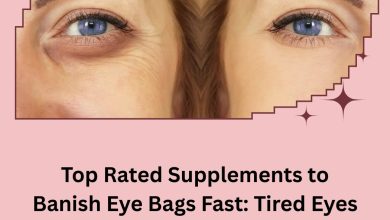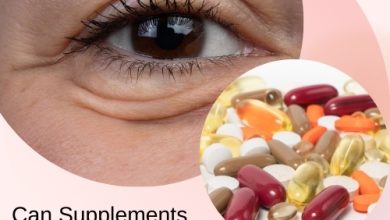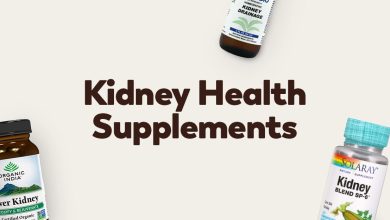Fermented Black Garlic Extract Dietary Supplement 2000mg (90 Capsules)
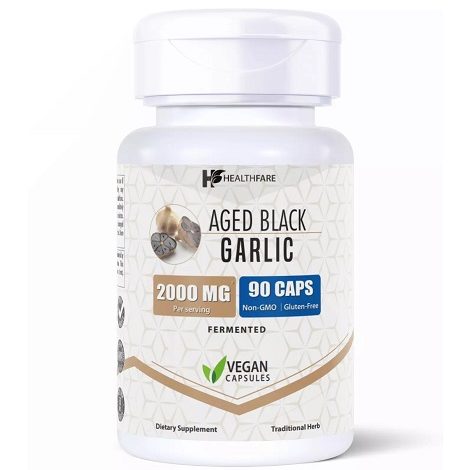
Fermented Black Garlic Extract has gained recognition as a powerhouse dietary supplement due to its remarkable health benefits and natural properties. With a potent dose of 2000mg per serving, this supplement in a 90-capsule bottle offers an easy and effective way to incorporate the benefits of black garlic into your daily routine.
What is Fermented Black Garlic?
Black garlic is made by fermenting raw garlic in controlled conditions of heat and humidity over several weeks. During this process, the garlic undergoes a transformation, becoming darker in color, softer in texture, and sweeter in taste. More importantly, fermentation enhances its health-boosting compounds, such as S-allyl-cysteine (SAC), a potent antioxidant.
Why Choose a 2000mg Capsule Supplement?
This high-potency formulation ensures you get an effective dose of black garlic in just one or two capsules daily, depending on your needs. With 90 capsules in one bottle, it provides a convenient and cost-effective way to enjoy sustained benefits over several weeks.
How to Use
- Suggested Dosage: Take one or two capsules per day with food, or as prescribed by your physician.
- Storage: Keep the bottle out of direct sunlight and in a cool, dry location.
Key Benefits of Fermented Black Garlic Extract
- Rich in Antioxidants:
The fermentation process significantly increases the antioxidant levels in black garlic, helping combat oxidative stress and protect cells from damage. - Heart Health Support:
Black garlic is known to promote cardiovascular health by improving blood circulation, reducing cholesterol levels, and supporting healthy blood pressure levels. - Immune System Boost:
With its high antioxidant content and natural sulfur compounds, fermented black garlic strengthens the immune system, helping the body fight infections and inflammation. - Improved Digestion:
Fermented garlic is easier to digest than raw garlic and promotes gut health by fostering beneficial bacteria. - Energy and Vitality:
The high nutrient content helps improve energy levels and overall vitality, making it a great choice for those with busy lifestyles.
Who Can Benefit?
Fermented Black Garlic Extract is ideal for:
- People who want to improve their heart health.
- Those seeking a natural immune system booster.
- People aiming to improve their energy levels and overall wellness.
- Anyone interested in a Natural Remedies to support healthy aging.
Safety and Precautions
Fermented black garlic is generally well-tolerated, but as with any Simple Natural Supplements, consult your healthcare provider before use, especially if you are pregnant, nursing, or taking medications.
Conclusion
The Fermented Black Garlic Extract Dietary Supplement (2000mg, 90 capsules) is a potent, natural, and convenient way to support your health. Packed with antioxidants, it delivers a multitude of benefits, from heart health and immunity to digestion and energy. If you’re looking for a high-quality Best Organic Vitamins and Supplements to elevate your Fitness journey, this product could be an excellent addition to your daily regimen.
